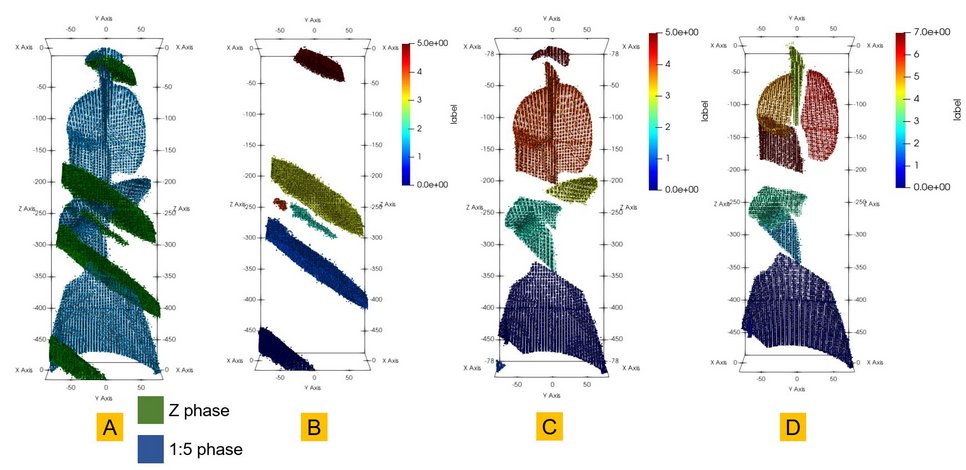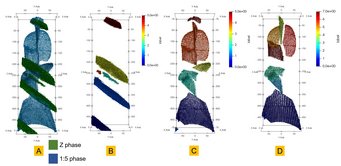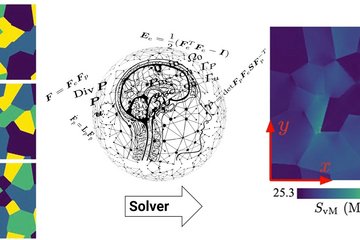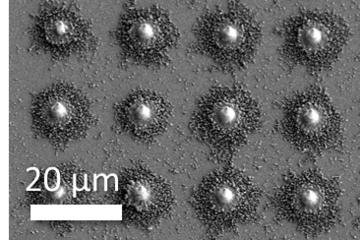Microstructure Data Mining in Atom Probe Tomography via Machine Learning
Atom probe tomography (APT) provides three dimensional(3D) chemical mapping of materials at sub nanometer spatial resolution. In this project, we develop machine-learning tools to facilitate the microstructure analysis of APT data sets in a well-controlled way.
Atom probe tomography(APT) provides three dimensional(3D) chemical mapping of materials at sub nanometer spatial resolution. The APT reconstruction datasets can contain up to 1 billion atoms. The sheer amount of information poses a huge challenge for analysis. In particular, one would like to segment the data set into distinct chemical phases, and then collect statistics of either the microstructure (such as volume fractions, particle sizes and shapes, etc.), or of significant variations of chemical composition within a phase. This is currently a human task - making it tedious, subject to unconcious personal preferences, and often not well reproducible by others.
In this project, we develop machine-learning tools to facilitate the microstructure analysis of APT data sets in a well-controlled way. Our analysis does not just take into account compositional distribution but also the automatic quantification of 3D microstructure obtained. As a first step, we segment the different phases or segregation zones in a given APT sample. For this, we first collect composition in small voxels all over the data set, and then use clustering in composition space to identify the existing chemical phases. This classification is then used in real space to segment the data into coherent singe-phase region via DBSCAN.

Based on this primary analysis, further steps can be taken to extract detailed information on individual precipitates/phases. For instance, phases with small ellipsoidal precipitates can be characterized with descriptors like average aspect ratios or nearest neighbor distributions. However, plate-like precipitates call for more in-depth discussion regarding in-plane composition and thickness fluctuations, and orientation. As an example, we have successfully segmented the two secondary phases in a Fe doped Sm-Co alloy. Further, the precipitates with the complex geometries are decomposed into plate-like structures. For each plate-like precipitate in-plane composition and thickness fluctuations are studied in detail. To quantify microstructure we also calculate the distances between the parallel precipitates and the angles between the intersecting ones.












